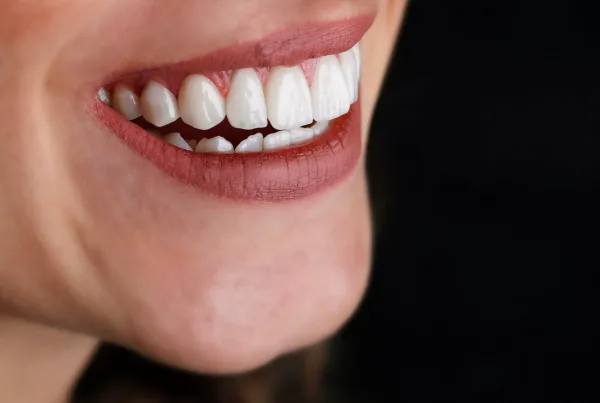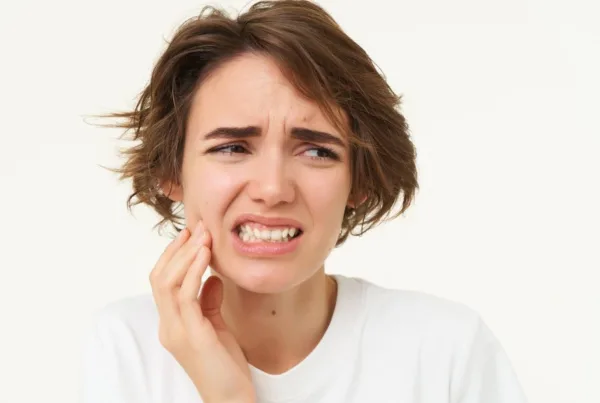Proper brushing technique is essential for maintaining good oral hygiene and preventing dental issues such as cavities and gum disease. Here’s a step-by-step guide on how adults should brush their teeth effectively:
1. Choose the Right Toothbrush and Toothpaste:
- Use a soft-bristle toothbrush to avoid damaging the enamel and gums.
- Select a fluoride toothpaste that is approved by dental organizations for its effectiveness in preventing tooth decay.
2. Wet the Toothbrush:
- Wet the bristles of the toothbrush to help spread the toothpaste evenly.
3. Apply Toothpaste:
- Squeeze a pea-sized amount of toothpaste onto the bristles. Using more than this amount isn’t necessary and may lead to excessive foaming.
4. Proper Brushing Technique:
- Hold the toothbrush at a slight angle (about 45 degrees) to the gum line.
- Use gentle, circular or back-and-forth motions to clean the outer surfaces of the teeth, moving from one tooth to the next.
- Be thorough and ensure that you brush all tooth surfaces, including the front, back, and chewing surfaces.
- Pay extra attention to the back molars, which are often neglected.
- Spend about 2 minutes brushing your teeth. You can divide your mouth into quadrants and spend about 30 seconds on each quadrant.
5. Clean the Tongue:
- After brushing your teeth, use the toothbrush or a tongue scraper to gently clean your tongue. This helps remove bacteria and freshens your breath.
6. Rinse and Spit:
- After brushing, rinse your mouth thoroughly with water, and then spit out the toothpaste.
7. Avoid Overbrushing:
- Brushing too aggressively or using a hard-bristle toothbrush can damage your gums and tooth enamel. Use a gentle touch and let the bristles do the work.
8. Frequency of Brushing:
- Brush your teeth at least twice a day: once in the morning and once before bed.
- If you can, brush after meals or snacks to minimize the amount of time food particles and bacteria are in contact with your teeth.
9. Replace Your Toothbrush:
- Replace your toothbrush or toothbrush head every 3-4 months or sooner if the bristles become frayed.
10. Floss Regularly:
- While brushing is important, it’s also crucial to floss daily to clean between your teeth and below the gumline, where a toothbrush can’t reach.
11. Regular Dental Check-ups:
- Even with excellent home care, regular dental check-ups are essential for professional cleanings and thorough assessments of your oral health.
By following these steps and maintaining consistent oral hygiene practices, you can effectively remove plaque, prevent cavities, and promote healthy teeth and gums.





